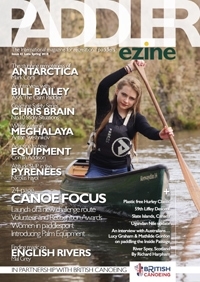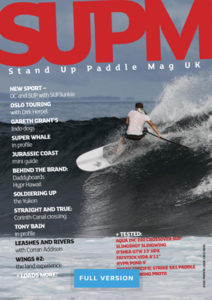What an unusual name for a river, you might think. Well, the River Mole gets its name from the latin word ‘mola’, meaning mill.
This river was once a popular route connecting many working mills back in the day. The oldest mill, Sidlow Mill, dates back to Saxon times!
The Doomsday book of 1086 lists as many as 20 mills along the River Mole, so you can see how easily it would have been named.
The River Mole rises in West Sussex and flows for 50 miles until it meets the River Ember. It then flows into the River Thames at Hampton Court.
It dates back way before the Doomsday book and this is what makes it such an interesting river to paddle.
History along the River Mole
Various archeological digs mean the river settlements date back a long way. The earliest evidence of human settlement along the Upper Mole is from the Mesolithic Period (20,000–7000 BC).
The river has played a vital part in civilisation for a very long time. So, it’s a great place to explore both on foot and by water for any history buffs out there.
Depending where you launch, you’ll paddle past Hampton Court, crystal grottos and back to modern day, Chelsea football club!




 Go Paddling
Go Paddling Clear Access Clear Waters
Clear Access Clear Waters Paddles Up Training
Paddles Up Training Clubhouse
Clubhouse Services Login
Services Login

